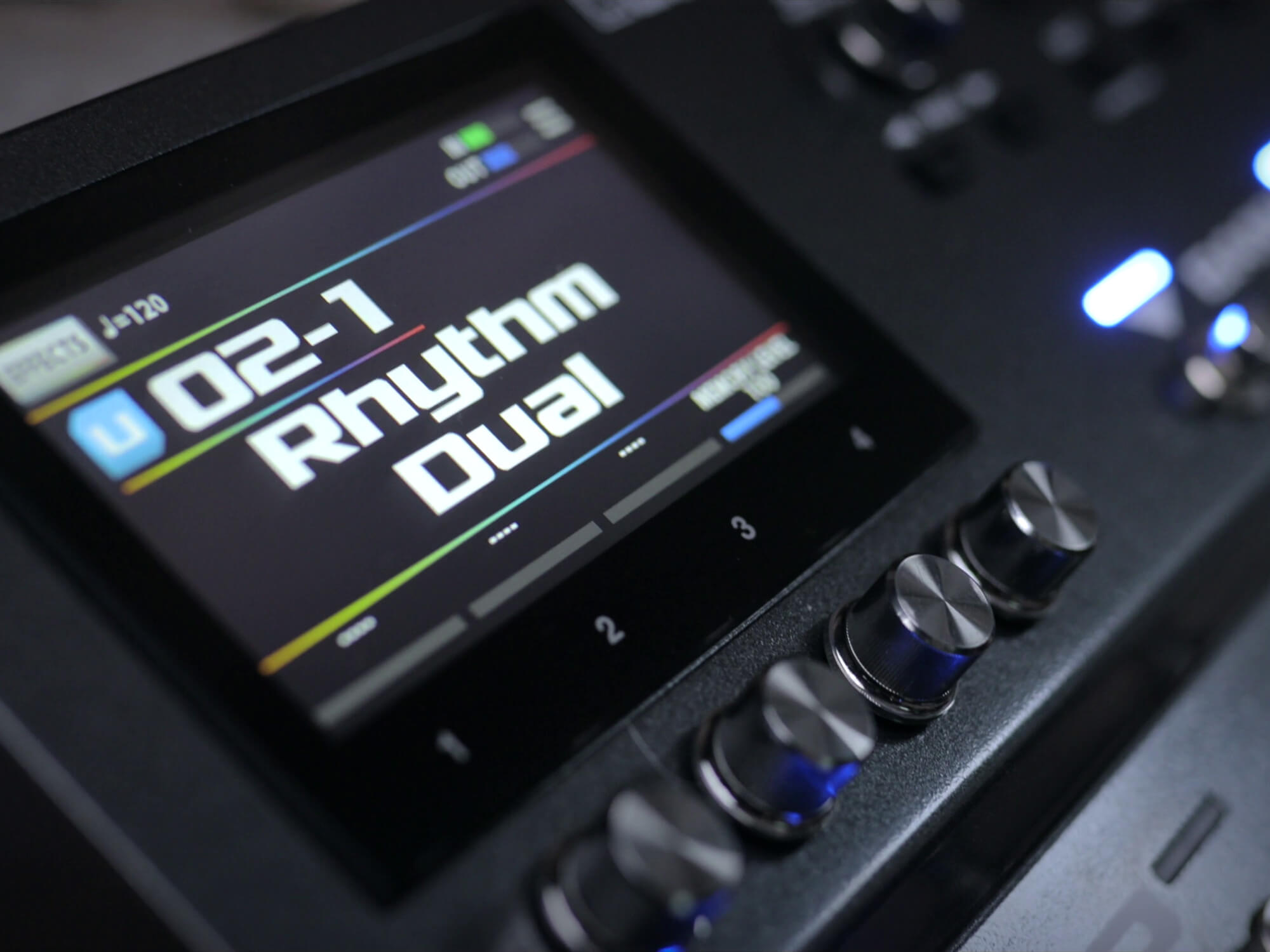Related Tags
How to use multi-effects to revitalise your home recording setup
With more amps than you can fit in the back of your car and the ability to record direct, the BOSS GX-100 is the perfect addition to your simplified rig.

Ad feature with BOSS
Let’s be clear, standalone stompboxes aren’t going anywhere. With the boutique revolution showing no signs of slowing down, it would be remiss of us at Guitar.com to consider this a turning point in the era of the humble effects pedal. What is apparent though, is the re-emergence of the multi-effects unit as a useable, respectable option to integrate into our rigs.
While the waters have been muddied by new and updated terminology, with brands now opting to bill their products as digital modellers or profilers, they are, at their core, very intelligent upgrades on multi-effects units. These formerly budget-oriented pedals are now increasingly becoming intelligent and inviting, and the BOSS GX-100 is no different.
In the track demo featured above the GX-100 was used for every guitar part, showcasing the simplicity and versatility of the unit for high-quality, in the box recording. With 24-bit DAC and a 48KHz sample rate, it punches way above its weight, and in conjunction with the AIRD technology, which you can read more on here, it’s the most amp-like unit we’ve used in this price range by some distance.
Straight of the bat, the LCD touchscreen made switching through amp and effects options a breeze. Coupled with the adjustable knobs beneath the screen, finding a unique and tasteful sound takes no time at all. To begin, we settled on a split signal of a JC-120 with two separate delays, space echo and analogue respectively, plus some additional spring reverb, vibrato and trem for those all-important vibes.
Moving on to lead melodies, we added in a smooth overdrive, the Blues OD effects to be precise, and thanks again to the high-quality sampling onboard we experienced none of the dreaded fizziness commonly associated with digital pedals. The plethora of modulation options is a standout feature, we opted for a rotary paired with their proprietary Tweed amp simulation, which would give The Kinks’ Dave Davies a run for his money.

Foregoing our easily-listening style for the final section, we added some chorus to our rhythm chords and used the on-board expression pedal for a wah effect to emulate the legendary John Squire. Whilst the travel on the treadle is fairly short, it’s extremely comfortable and accurate.
Thanks to the onboard I/O, we ran the GX-100 direct into our interface, but if you’re keen to slimline your recording setup then fear not, it’s also an interface in its own right. Pop in a USB cable and you’re good to go. There’s also an effects loop if you’re not totally sold on flogging all your pedals.
What’s more, if you want to run all this together in a live stream or gig situation, you don’t have to worry about cycling through patches – the GX-100’s freely assignable onboard footswitches mean that you can set it up to switch amps and effects on and off at your leisure, just like you would with a real-world amp or standalone pedal.
Whether you’re looking for to get your foot in the door of home recording, need a simple, all-in-one unit for sessions or small gigs or are you’re looking for a low-profile, uncluttered rig, then as we’ve proven here, the GX-100 is not to be sniffed at.
